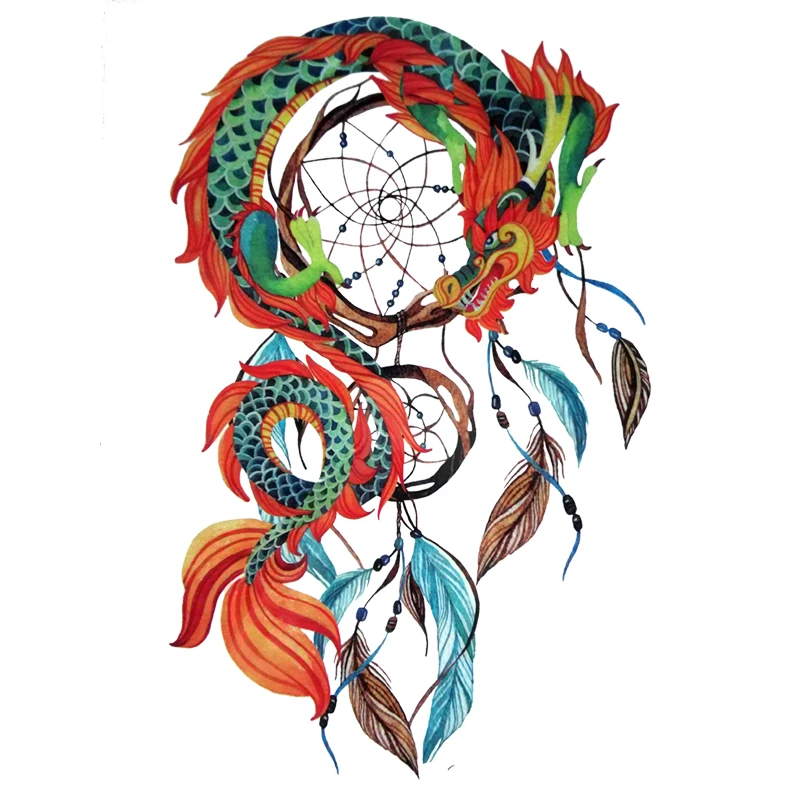Chinese Dream Catcher
- Native Harvest 3” Dream Catcher This simple selection features a brown frame and webbing the color of a tree branch, as well as a matching feather connected to a single glossy bead. With it, you’ll receive a decorative card that explains the purpose and history of the dream catcher and its Ojibwe origins.
- Dream a little dream of beads when you sleep at night with a Beaded Dream Catcher! Allie uses both Brick Stitch and Netting to bring you an interwoven design featuring Miyuki Seed Beads paired with Miyuki Delica Beads. Create endless possibilities that bring nothing but positive vibes by making your dream catcher into a pendant, a pair of.
- Also, don't worry about chinese dream catcher because we hold the biggest collection of dream catchers all suppliers by the top retailers of China. So obviously you will find the best ones on our platform. It's a must for everyone to buy products from our site on Cyber Monday.It doesn't matter whether you need chinese dream catcher for your.
- A story about child education in a common chinese family.
Japanese Dream Catcher
Dreamcatcher Members Profile: Dreamcatcher Facts Dreamcatcher (드림캐쳐) consists of 7 members: JiU, SuA, Siyeon, Handong, Yoohyeon, Dami, and Gahyeon. Each member represents a nightmare or fear. The group debuted on January 13, 2017, under Happyface Entertainment. They are currently under Dreamcatcher Company. Dreamcatcher Fandom Name: InSomnia Dreamcatcher Official Fan Color: PANTONE.
Baku (獏or貘) are Japanese supernatural beings that are said to devour nightmares. According to legend, they were created by the spare pieces that were left over when the gods finished creating all other animals. They have a long history in Japanese folklore and art, and more recently have appeared in manga and anime.
The Japanese term baku has two current meanings, referring to both the traditional dream-devouring creature and to the Malayan tapir.[1] In recent years, there have been changes in how the baku is depicted.

History and description[edit]
Rui En 瑞恩

The traditional Japanese nightmare-devouring baku originates in Chinese folklore about the mo 貘 and was familiar in Japan as early as the Muromachi period (14th–15th century).[2] Hori Tadao has described the dream-eating abilities attributed to the traditional baku and relates them to other preventatives against nightmare such as amulets. Kaii-Yōkai Denshō Database, citing a 1957 paper, and Mizuki also describe the dream-devouring capacities of the traditional baku.[3]
An early 17th-century Japanese manuscript, the Sankai Ibutsu (山海異物), describes the baku as a shy, Chinese mythical chimera with an elephant’s trunk, rhinoceros' eyes, an ox's tail, and a tiger's paws, which protected against pestilence and evil, although eating nightmares was not included among its abilities.[1] However, in a 1791 Japanese wood-block illustration, a specifically dream-destroying baku is depicted with an elephant’s head, tusks, and trunk, with horns and tiger’s claws.[4] The elephant’s head, trunk, and tusks are characteristic of baku portrayed in classical era (pre-Meiji) Japanese wood-block prints (see illustration) and in shrine, temple, and netsuke carvings.[5][6][7][8]
Writing in the Meiji period, Lafcadio Hearn (1902) described a baku with very similar attributes that was also able to devour nightmares.[9]Legend has it that a person who wakes up from a bad dream can call out to baku. A child having a nightmare in Japan will wake up and repeat three times, 'Baku-san, come eat my dream.' Legends say that the baku will come into the child's room and devour the bad dream, allowing the child to go back to sleep peacefully. However, calling to the baku must be done sparingly, because if he remains hungry after eating one's nightmare, he may also devour their hopes and desires as well, leaving them to live an empty life. The baku can also be summoned for protection from bad dreams prior to falling asleep at night. In the 1910s, it was common for Japanese children to keep a baku talisman at their bedside.[10][11]
Gallery[edit]
Dream Catchers For Sale
Baku sculpture at the Konnoh Hachimangu Shrine, Shibuya, Tokyo, Japan
Baku and Lion sculpture at the Konnoh Hachimangu Shrine, Shibuya, Tokyo, Japan
See also[edit]
References[edit]
- ^ abNakagawa Masako (1999). 'Sankai ibutsu: An early seventeenth-century Japanese illustrated manuscript'. Sino-Japanese Studies. 11 (24–38): 33–34.
- ^Hori Tadao 2005 'Cultural note on dreaming and dream study in the future: Release from nightmare and development of dream control technique,' Sogical Rhythms 3 (2), 49–55.
- ^Mizuki, Shigeru 2004 Mujara 5: Tōhoku, Kyūshū-hen (in Japanese). Japan: Soft Garage. page 137. ISBN4-86133-027-0.
- ^Kern, Adam L. 2007 Manga from the Floating World: Comicbook culture and the kibyoshi of Edo Japan. Cambridge: Harvard University Asian Center. Page 236, figure 4.26.
- ^夢貘まくら. (Accessed September 5, 2007.)
- ^Richard Smart, 'Delivering men from evil', Japan Times, February 16, 2007. (Accessed September 8, 2007.)
- ^http://www.onmarkproductions.com/html/shrine-guide-2.shtml. (Accessed September 8, 2007.)
- ^http://collectionsonline.lacma.org/mwebcgi/mweb.exe?request=image;hex=M91_250_104.jpgArchived 2012-04-06 at the Wayback Machine (Accessed October 12, 2010.)
- ^Hearn, Lafcadio 1902 Kottō: Being Japanese Curios, with Sundry Cobwebs. Macmillan. Pages 245–248. ISBN4-86133-027-0.
- ^M.Reese:'The Asian traditions and myths'.pg.60
- ^Hadland Davis F., 'Myths and Legends of Japan' (London: G. G. Harrap, 1913)
Bibliography[edit]
- Kaii-Yōkai Denshō Database. International Research Center for Japanese Studies. Retrieved on 2007-05-12. (Summary of excerpt from Warui Yume o Mita Toki (悪い夢をみたとき, When You've Had a Bad Dream?) by Keidō Matsushita, published in volume 5 of the journal Shōnai Minzoku (庄内民俗, Shōnai Folk Customs) on June 15, 1957).
External links[edit]
- Baku – The Dream Eater at hyakumonogatari.com (English).
- Netsuke: masterpieces from the Metropolitan Museum of Art, an exhibition catalog from The Metropolitan Museum of Art (fully available online as PDF), which contains many representations of Baku